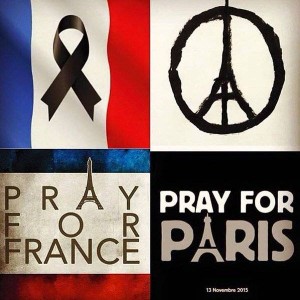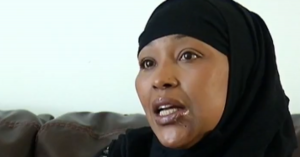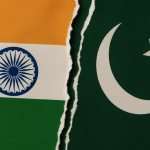Earlier this month, Ms. Magazine ran an article that looked at breast cancer stigma in Saudi Arabia. The article provides breast cancer statistics in Saudi Arabia (without citation or link), breast cancer statistics in the United States, and American expat Carol Fleming’s experience with breast cancer in Saudi Arabia. Fleming suggests that promoting pink products for breast cancer awareness might help to curb the stigma associated with the illness in Saudi Arabia. An nameless image of a pink burqa-clad woman without context greets readers at the site, despite the fact that the burqa is worn in Afghanistan.
A pink burqa, Ms. Magazine? Really?
Over at Gender Across Borders, Ashley Lauren responds to the Ms. Magazine article with the following:
The fact is that, in a country where women wear burqas in public, there is a lot of shame that surrounds the female body. This can become problematic when it comes to breast cancer screening, as many medical technicians and doctors in the country are men. For a woman to bare her breasts in front of a man in Saudi Arabia is something that is still seen as taboo.
Deciding who to “bare one’s breasts” to or whether your OB-GYN is a man or woman is a highly personal decision that should be made based on one’s individual comfort level—making assumptions about a woman’s comfort level based on whether or not they wear a burqa is ridiculously reductive. The way the last sentence of Lauren’s paragraph is written is overly sensational: isn’t it taboo to bare your breasts in front of just any man anywhere? Obviously, she means in instances for one’s health and well-being, but why didn’t she include that in her sentence?
Lauren promotes the idea that hijab/niqab/burqa-wearing woman—related distinctly to a Muslim woman’s identity—is associated with shame, and thus attributes lack of breast cancer screening and awareness as the norm among these women, without considering larger contextual and cultural factors that affect a woman’s understanding of preventative health measures.
Not one but two feminist websites failed at this story. I was disappointed to see that neither article included interviews with Muslim or Saudi Arabian women and their personal experiences with breast cancer. Lots of Muslim women and non-Muslim women, not only in Saudi Arabia but around the world, would be hesitant to have male practitioners examine them, for a variety of reasons—just like plenty of Muslim and non-Muslim women are okay with male providers. Pointing to shame surrounding the female body as a reason why Muslim women wouldn’t want to be examined by a doctor ignores that this isn’t something that’s unique to Muslim women.
We often forget that breast cancer is not the leading cause of death for women in the United States—heart disease is. And that African-American women in the United States have lower incidences of breast cancer than white women, yet are more likely than white women to die from the illness. Or that when considering the leading causes of disease in women around the world, breast cancer is not even among the top 10 causes of death, and only becomes so in middle and high-income countries:

While it is true that Muslim women from many ethnic backgrounds do not participate in screening efforts (at least in the United States, according to this link ), the reasons for why they do not do so are complex and should be considered relative to their overall health risk, cultural understanding of health and illness, and personal experience with their healthcare systems and providers.
From my own anecdotal evidence, Muslim and non-Muslim women I have spoken with—both hijab-wearing and non-hijab wearing alike—discussed their oftentimes horrendous, awkward experience with reproductive healthcare providers—both male and female—who come across as distant and oblivious to different cultural understandings of health and preventative measures.
What kind of impact might bad experiences with providers have on women who are already disenfranchised from partaking in preventative health measures? How do cultural understandings of health and illness influence whether one seeks preventative health measures at all? These nuanced questions are lost in the reduction of women’s wellbeing to how their burqa-wearing prevents them from seeking preventative care.
Stigma associated with illnesses, especially related to reproductive health, exists and is serious and needs to be addressed, but reducing it to “burqa/niqab/hijab wearing women are shameful of seeing male providers and that’s why they don’t get screened” narrative is simplistic and harmful to promoting and advancing women’s health and wellbeing.











